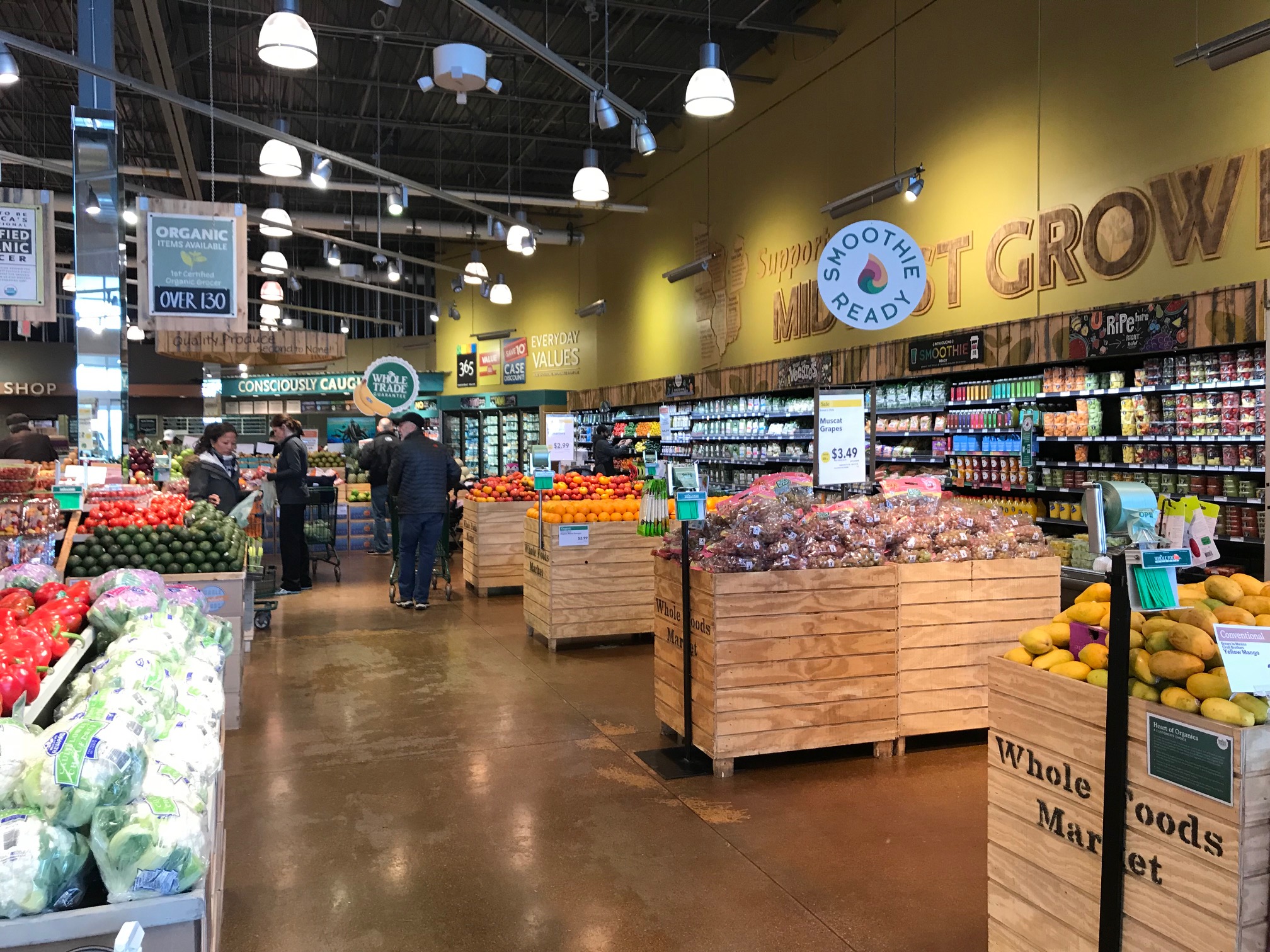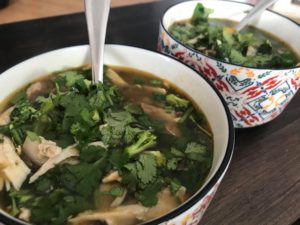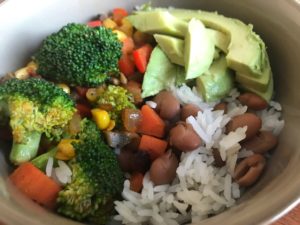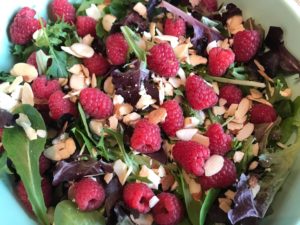I get asked all the time for tips on how I grocery shop. Not just specifically how I shop, but how I get the most bang for my buck. Many people feel that eating a healthy diet brimming with fresh organic produce and high quality proteins is expensive and hard to do. And it is… if you don’t know how to do it! So today I’m going to give you my top tips for shopping smarter!
- Make a Plan.
Going to the grocery store without a list in hand is a recipe for disaster, especially when it comes to a healthy diet. If you go in blindly, you are much more likely to give into temptations that don’t support your goals. You’ll also probably come home with $150 in groceries yet “nothing to eat” because you have no idea what you’re making with all the things you just bought. Sound familiar? So sit down and look at your calendar, plan your meals, and do an inventory of what you have on hand before going to the store. Otherwise, you’ll forget something crucial or come home with a bottle of vinegar you didn’t need, because there are already two others sitting in your cabinet. Make a plan. If you need some inspiration on meal planning, here is how I do mine. - Shop Seasonally.
No one likes wasting money. When it comes to getting the most bang for your grocery buck, shopping seasonally for your produce is essential. You can buy organic strawberries for $1.50 per pound in July, but try to do the same in December and you can expect those same strawberries to cost you $6.99 or more. Not only does fresh produce cost less when it is in season, but it also tastes better and retains more nutrients too! So familiarize yourself with what produce grows at what times of year near you. And better yet, grow some of your own if possible! We save SO much money by growing some of our own fruits, vegetables and herbs every year. I’ll talk more on our garden in the coming months. - Shop the Perimeter.
Have you ever paid attention to how most grocery stores are laid out? Most of them have the produce, seafood, meat and dairy departments {or in other words — the real food} around the outer walls or perimeter of the store, and the processed food in the center aisles. Have you ever noticed this? There are a few exceptions, such as Aldi and wholesale clubs, that may differ from this. When it comes to sticking to a real food lifestyle, stick to the perimeter. There will be some items that are found in the inner aisles and also fit in a real food lifestyle, such as dried herbs and spices, whole grains, nuts and seeds, etc. However, doing the majority of your shopping along those outer walls so you aren’t tempted by junk foods and other processed foods in the inner aisles. - Shop Less.
Simple concept, I know, but the less times you are in the store, the less opportunity to overspend or go off track. This goes back up to point number one — you have to plan. How often you shop is up to you, but who wants to be running to the store every other day? Not me. I aim to meal plan for the whole month, and do one large shop at the beginning of the month for most of our needs. I buy all our pantry goods, meat, seafood, nuts, seeds, and a good deal of produce in this trip, with the goal of it lasting us 1-2 weeks. Then I only pop into the store one or two other times throughout the month to replenish things like fruits, vegetables, eggs, yogurt, and bread. This saves me time, energy, fuel, and money. If we shop twice per week and add even just one $3 item each time we are in the store, that is an extra $312 per year!! The less we are there, the less we are tempted. Your frequency of shopping might also be dependent on your storage availability. We have a chest freezer and a decent amount of storage for dry goods. If you are used to shopping every couple days, try going only once per week and work up from there. - Shop Around.
Now I know this one might strike you as odd. And I also know that depending on where you live, your options may be limited. But when it comes to groceries, there are two things I consider — quality and cost. So I shop at more than just one store to get the best of both. I have found Aldi to have the best prices on some of our needs, such as leafy greens, apples, bananas, avocados, pasta sauce, canned beans, dried herbs, and more. However, their inventory is much smaller than traditional stores, so I can’t get everything I need there. Other things, like frozen fruit and vegetables, fresh carrots, ground beef, whole chickens and cuts, brown rice, quinoa, grass-fed butter, and more are offered at better prices and/or quality when I buy them in bulk at Costco. Then my remaining shopping is done at Whole Foods and Trader Joe’s for more specialty items or better variety of choices. I buy some of our meat, yogurt, bread, cheeses, many produce items, some bulk grains like freekah, barley, oats, and such at Whole Foods. I only stop by Trader Joe’s every couple months, but for me, all of these stores are within a 10 minute circle of each other. Even on my big grocery shop at the beginning of the month, going to all 4 stores never takes even a full 2 hours. So it’s worth it to hit a few different spots to get the best of both quality and cost.
I have lots of other frugal, healthy living tips that I will be sharing with you in the future. Did I miss any of your favorite grocery shopping tips? If so, share them below! If you would like a copy of my blank calendar I use for meal planning, you can snag that here.




